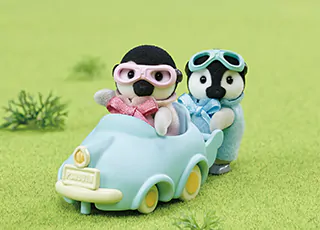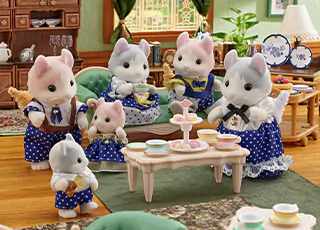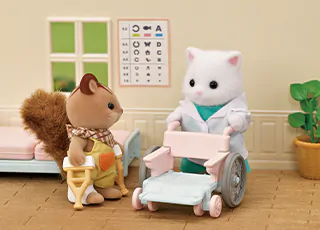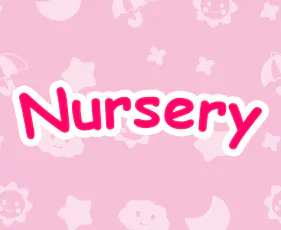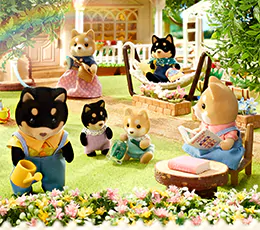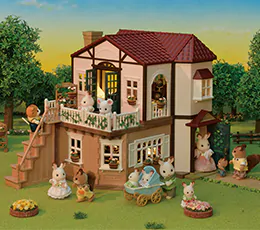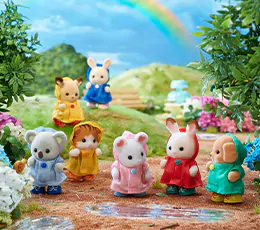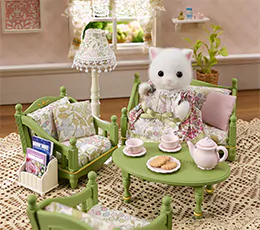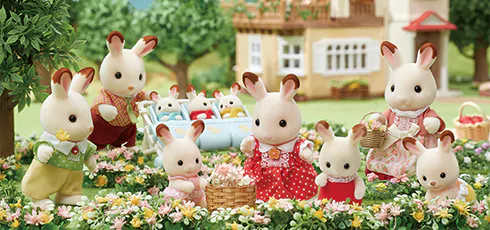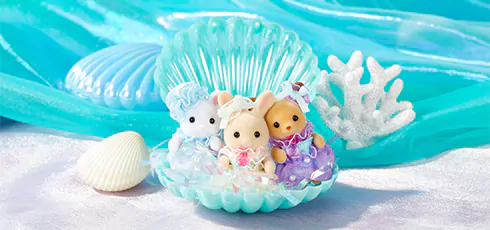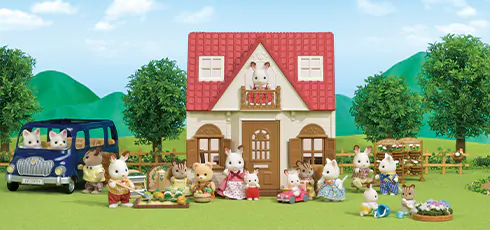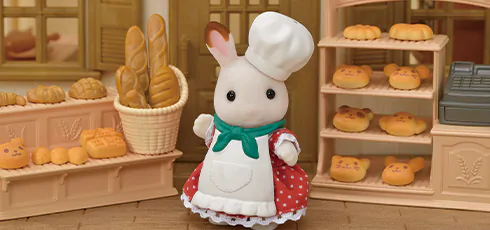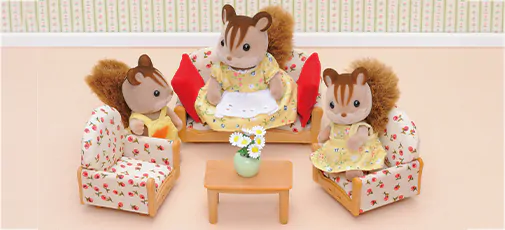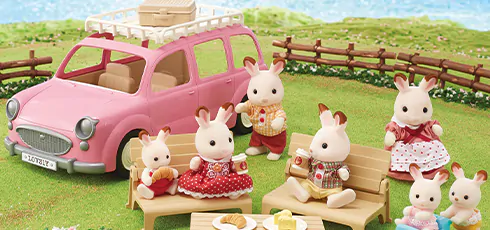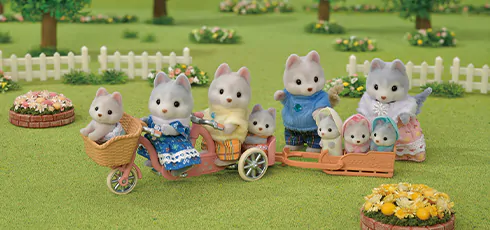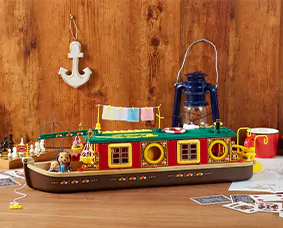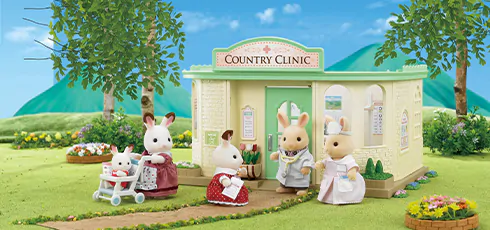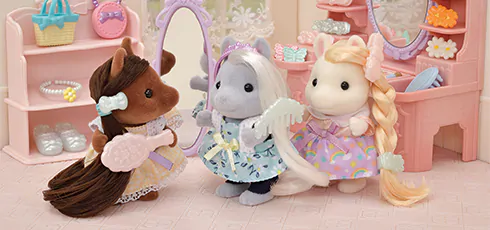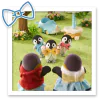What is imaginative play?
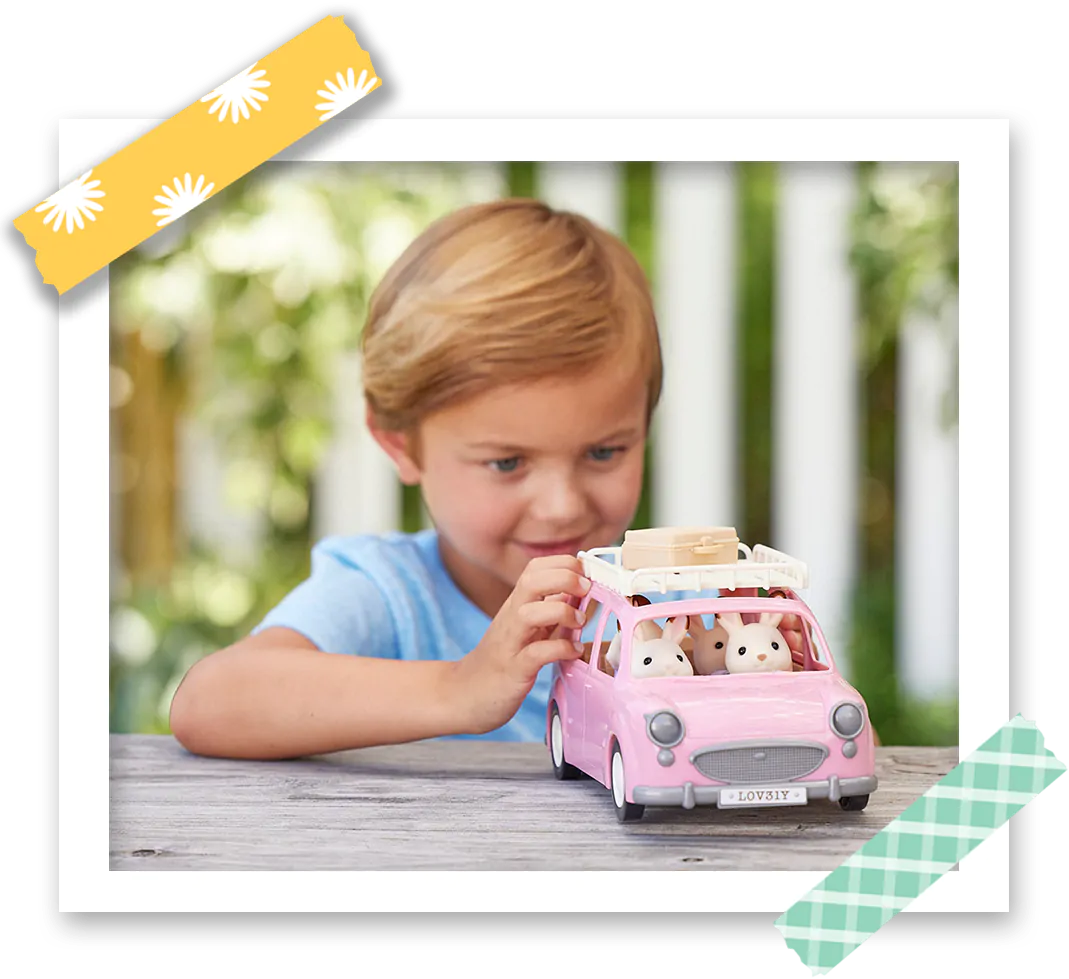
Imaginative play is when children role play using their imagination to act out different scenarios that they have seen, experienced or would like to experience. This also helps adults understand their child’s perspective and how they view the world. There is no rules, but endless potential to learn and develop new skills such as decision making, communication and empathy.
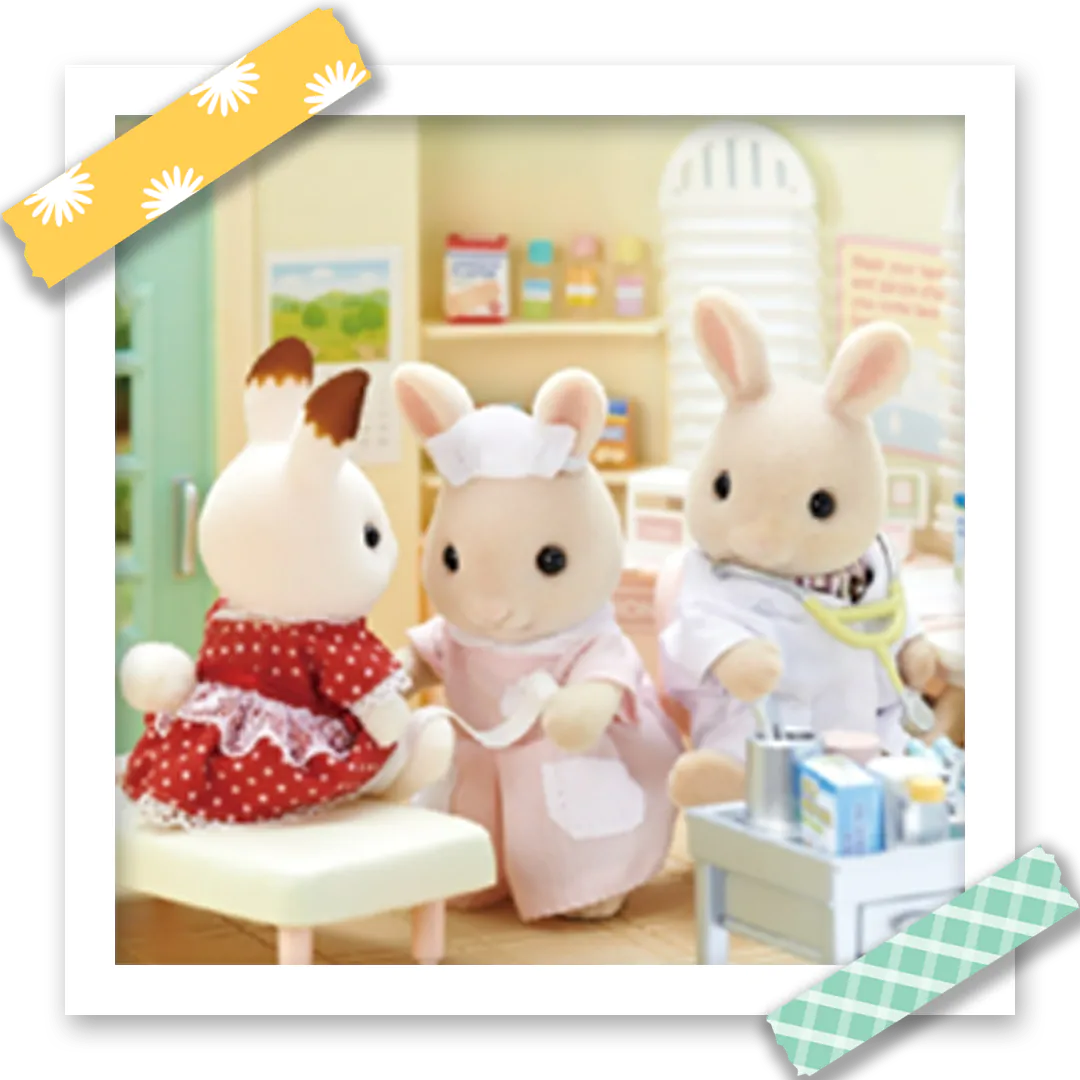
Imaginative Play for all ages
Imaginary play can be a planned activity or a spontaneous one, and it’s never too early to start!
There is no set age to introduce a child to imaginative play, nor is there a one-size-fits-all approach to it. Children of different ages enjoy different ways to play.
An early sign that your child is starting to engage in imaginative play is when they start imitating everyday activities like talking on the phone or taking a pretend sip from a cup. Eventually they will start including others in the world they are building by trying to get you to talk on their pretend phone or take a sip from their empty cup. Toddlers particularly tend to copy those around them, so if they see you cleaning or taking care of other siblings, they are likely to want to do the same.
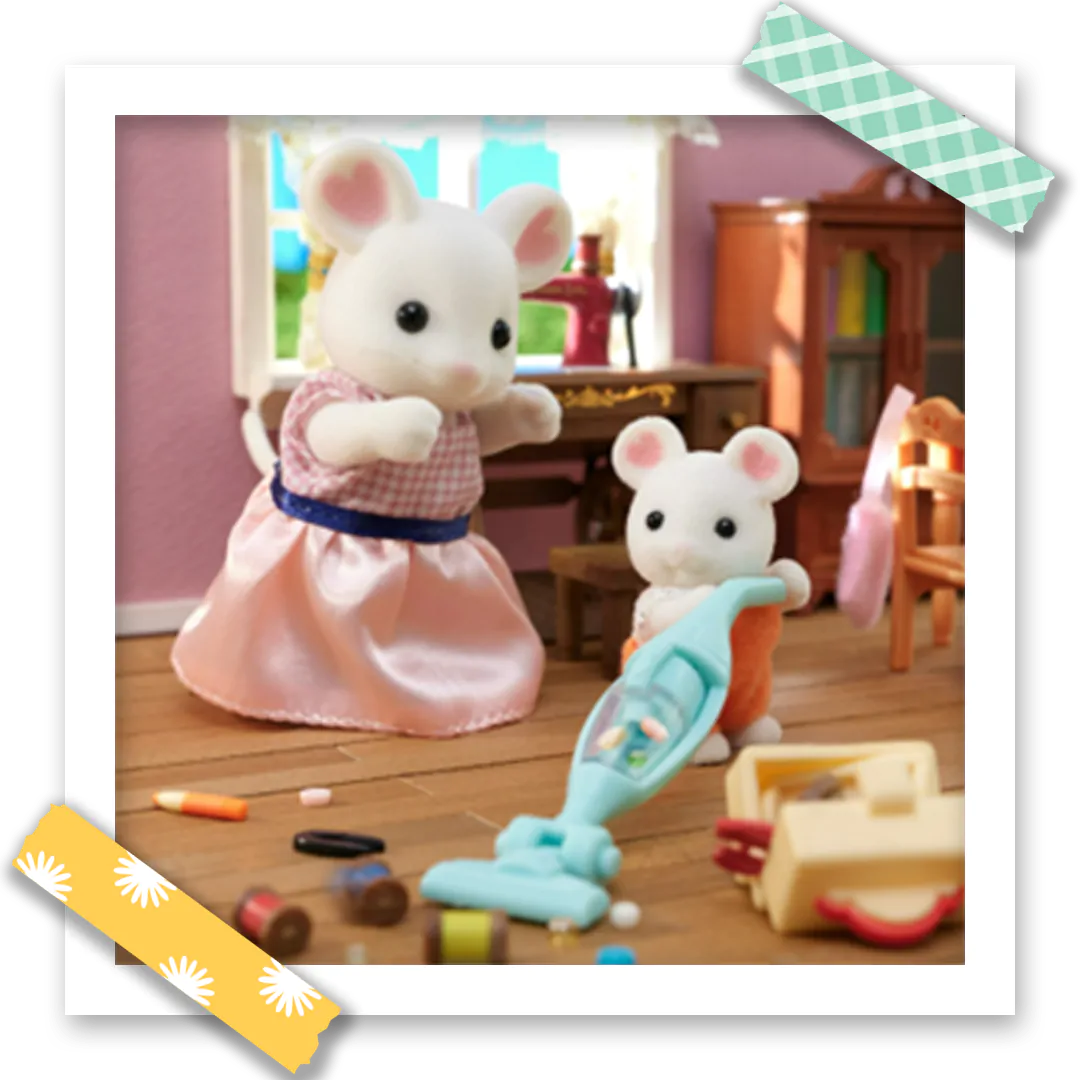
But how can you encourage imaginative play? Here are a few ideas for the different stages children go through:
-
0-2 Years old:
-
You can start introducing imaginative play to your child by showing them bright colourful objects, playing peekaboo or reading them stories and singing out loud.
From around 2 years old, children will start using props —such as dolls— to accompany their imaginative play. They will also start acting out different points of view, which is an instinctive exercise in empathy, a key skill while they grow up.
The next stage of complexity starts when your child plans their pretend play, gathering objects they need to help.
-
-
3-4 Years old:
-
When your child is a bit older, you can take them to scheduled play dates with other kids, on short walks or allow them to plan and host their own tea party with you, their friends, or their dolls as guests. Allow them to ask questions but also ask some of your own, as this will get them thinking and make them consider why they are doing certain things.
-
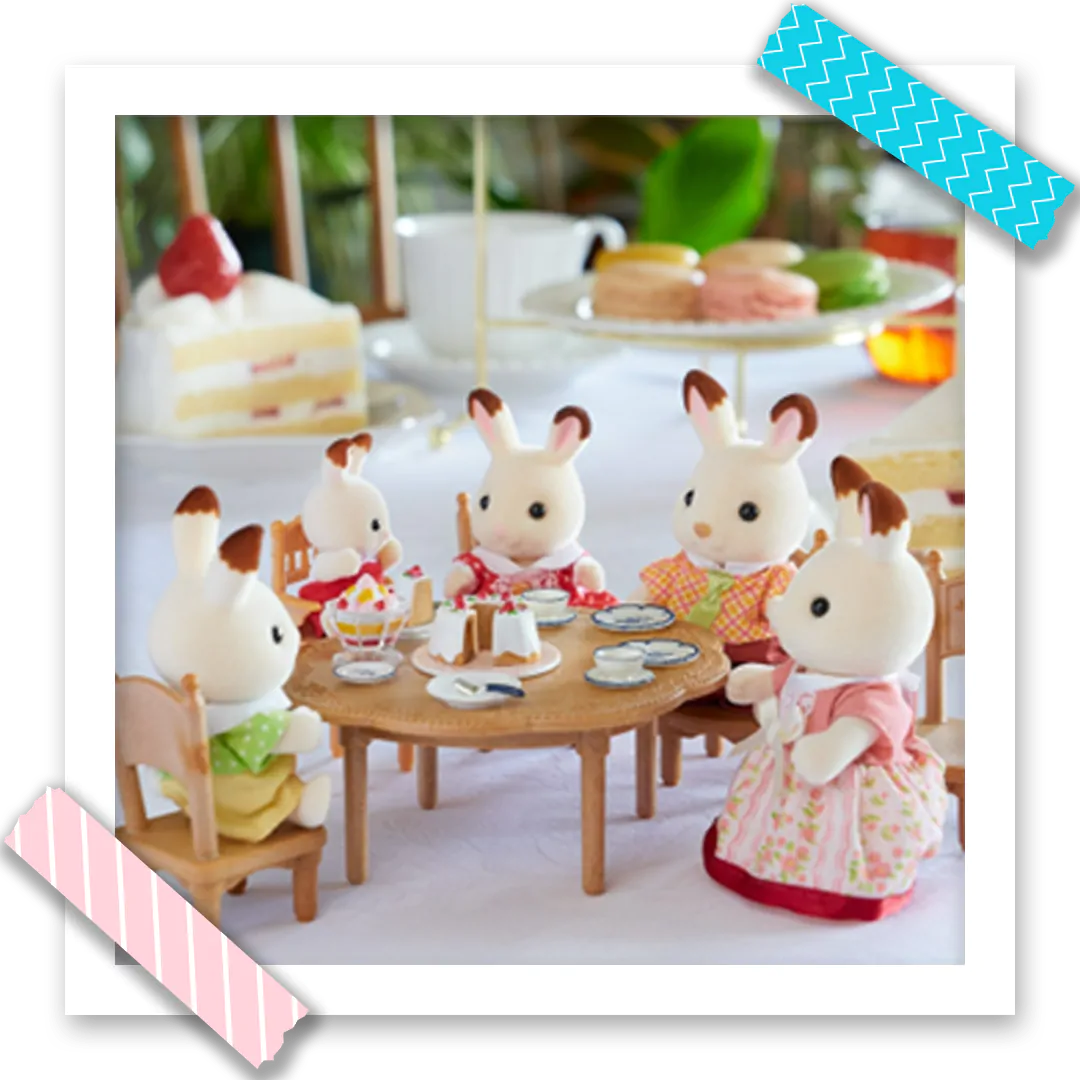
-
5-7 Years old:
-
Children can play teacher, creating their own registers and teaching their dolls or they could become and explorers in the garden, collecting unique rocks that look like gems and sticks that turn into swords. As children grow older, their world starts expanding and so do the scenarios they build with their imagination.
-
What are the benefits of imaginative play?
Imaginative play has many benefits for children. It allows them to think creatively and use their imagination to express themselves.
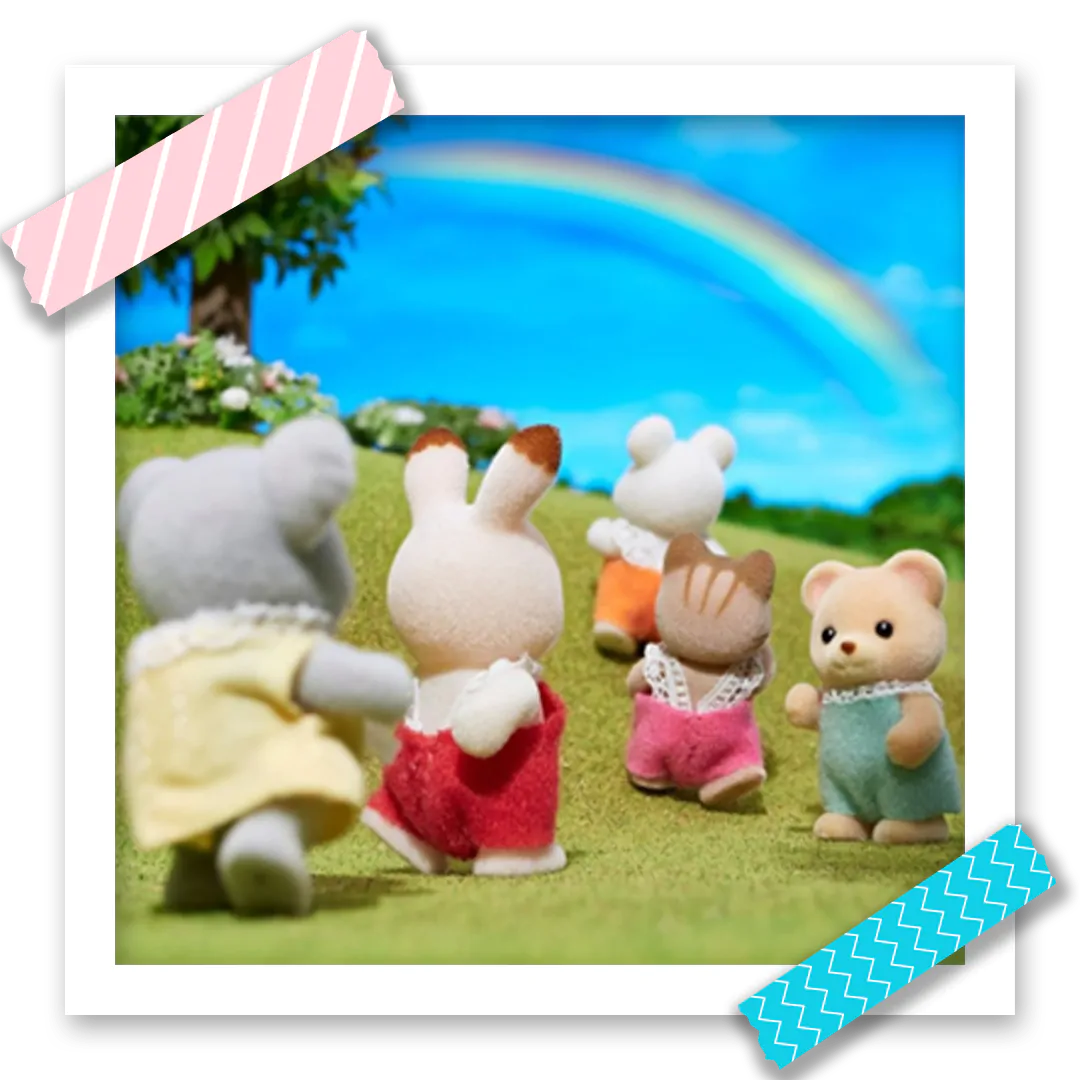
When playing with other children, it teaches them self regulation skills so they can manage their behaviour and reactions to things happening around them. This also helps develop their negotiation, logical reasoning and sharing skills. Playing with parents and other children allows them to create social bonds and expand their communication skills.
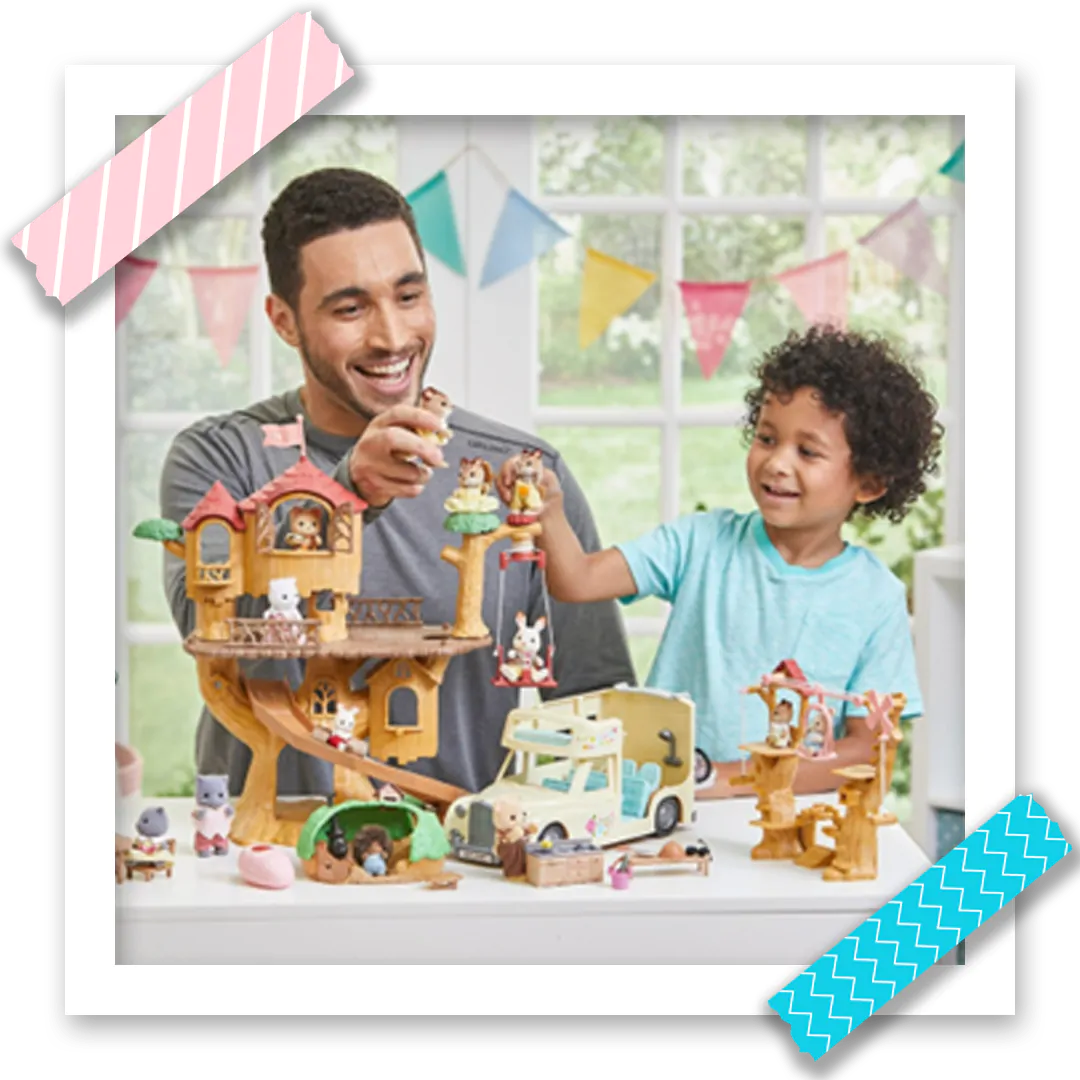
It is also a great way to promote physical health and development. For example pouring an imaginary drink in a glass improves hand-eye coordination and jumping from cushion to cushion while playing the floor is lava helps with gross motor coordination.
Imaginative Play and Toys
Toys that allow children to build their own stories, their own worlds, helps with their motor skills, just like dress up clothes can expand their imagination. An oversized white button down shirt and glasses can transform them into a scientist, or a sparkly skirt can turn them into a pop star.
You can even use objects from around the house. For example a blanket and pillows could help transform the dining room table into a secret fort, or some cups and plates can provide the perfect set up for afternoon tea. A simple cardboard box can have endless possibilities: it could be a plane, a house, a time machine or a castle.
The Red Roof Cosy Cottage Starter Home is perfect for children to let their imaginations roam free as they create their own stories with the help of the Chocolate Rabbit Family. Have the Chocolate Rabbit siblings finished their homework yet? Will they help dad Frasier in the kitchen? What other adventures can they go on?
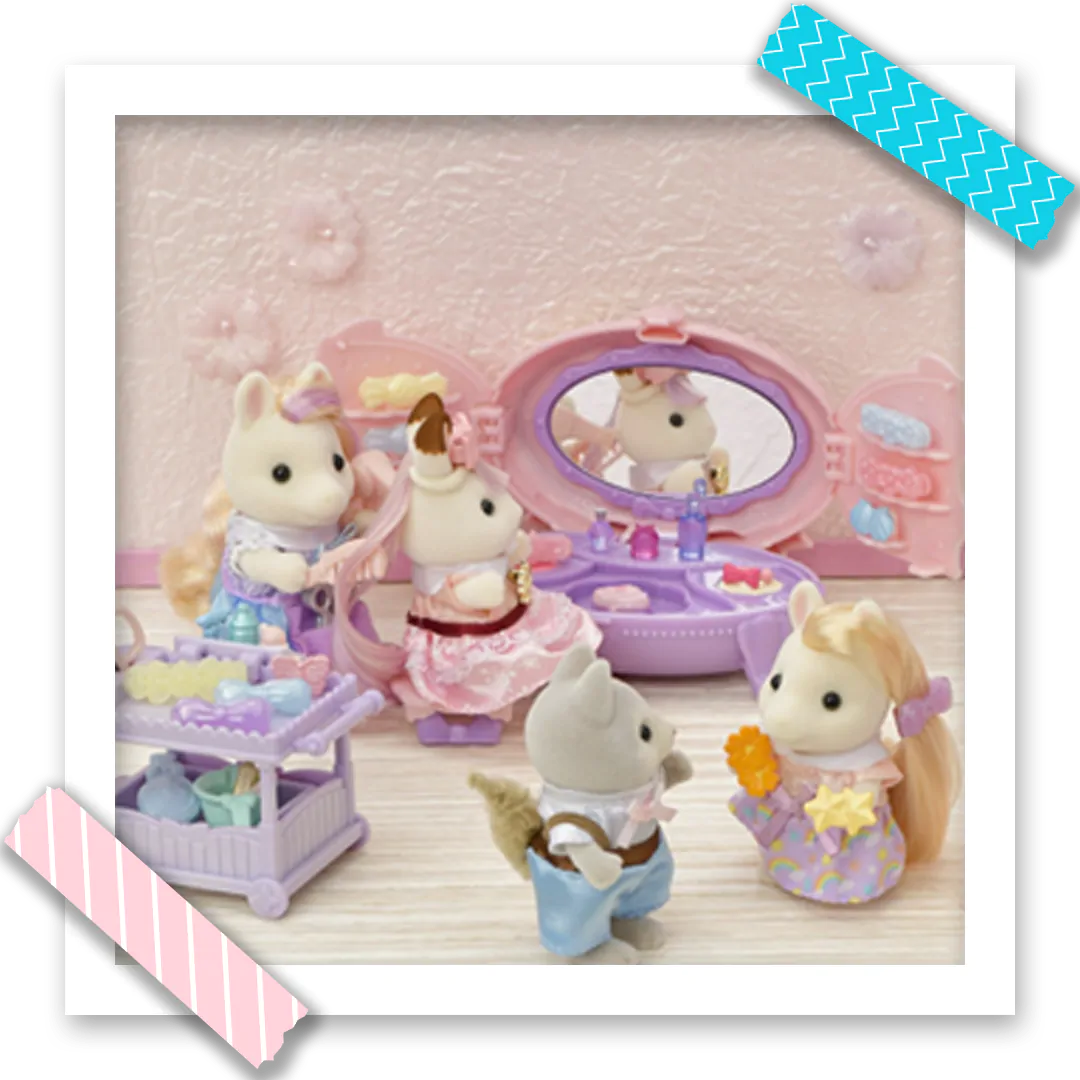
Another example would be the Pony’s Vanity Dresser Set, which can be used to practice hair styling and dressing up, giving your little one’s favourite Sylvanians a makeover for a party!
Dolls and figurines are a wonderful tool to help bring children’s stories to life.
What amazing tales can be crafted when you incorporate the Fennec Fox family and the Penguin Family into imaginative play?

